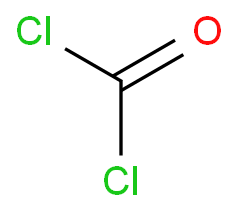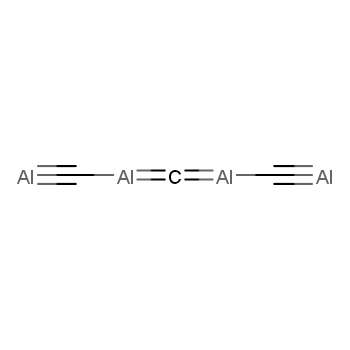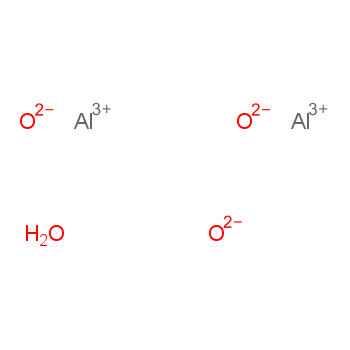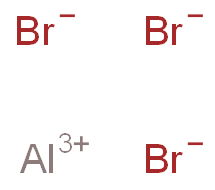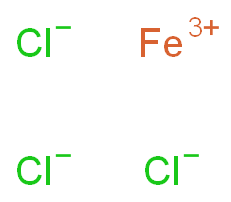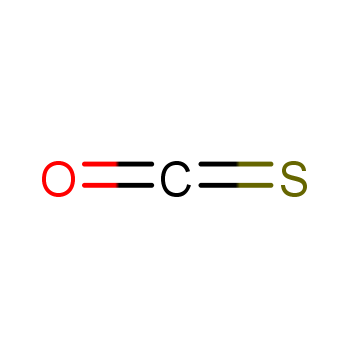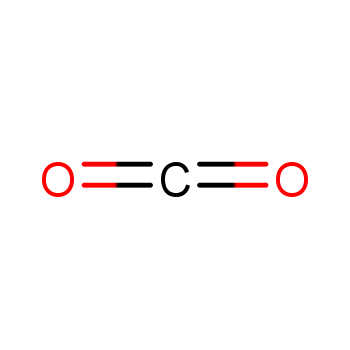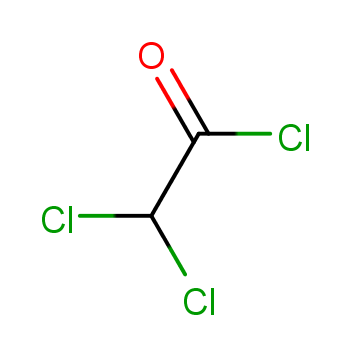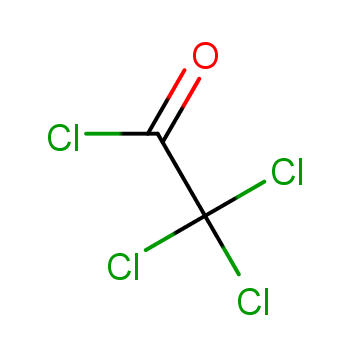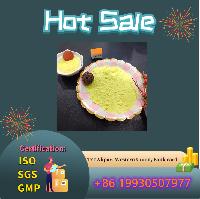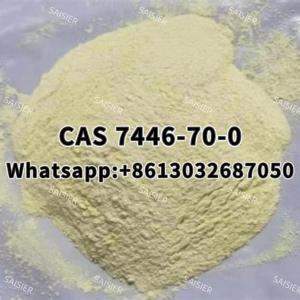Aluminum chloride, with the chemical formula AlCl3 and CAS registry number 7446-70-0, is a compound known for its versatile applications in various industries. This white crystalline solid is highly soluble in water and exhibits strong Lewis acid properties. Aluminum chloride is commonly used as a catalyst in organic synthesis, particularly in Friedel-Crafts reactions. It is also utilized in the production of aluminum metal, as a coagulant in water treatment processes, and as an ingredient in antiperspirants. Additionally, aluminum chloride finds applications in the pharmaceutical industry, where it is used as an astringent and antiperspirant agent. This compound has been extensively studied for its potential antimicrobial and antitumor properties. Overall, aluminum chloride is an important compound with diverse uses in different fields.
View more+
1. Names and Identifiers
2. Properties
3. Use and Manufacturing
4. Safety and Handling
5. MSDS
6. Synthesis Route
7. Precursor and Product
8. Computed Properties
11. Related Questions
12. Realated Product Infomation
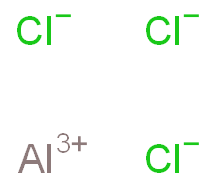
 EN
EN

 C,?
C,? Xi,?
Xi,? T
T 
